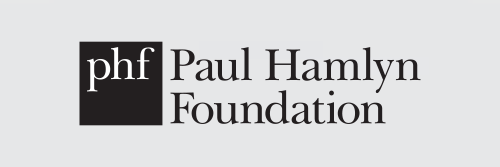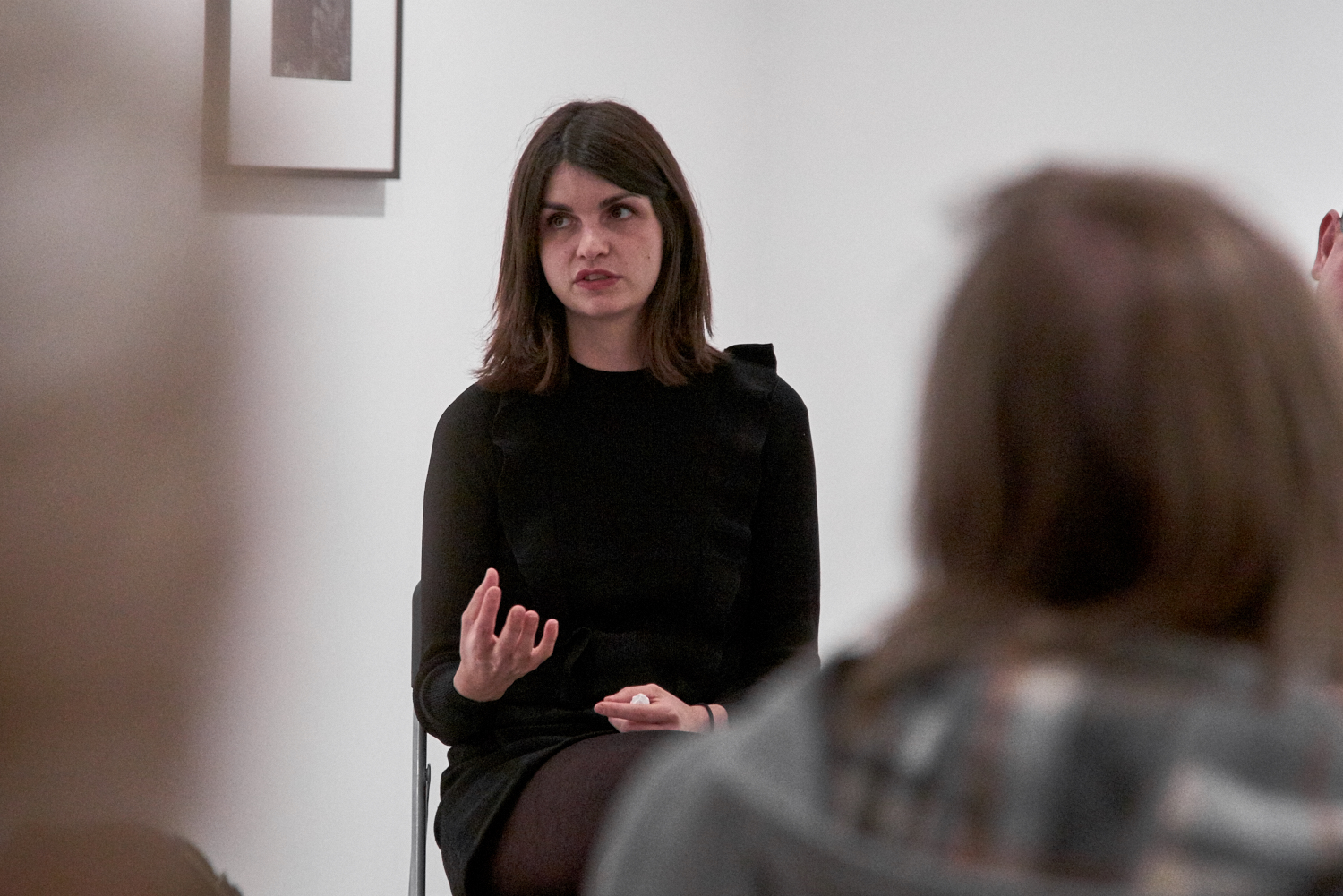

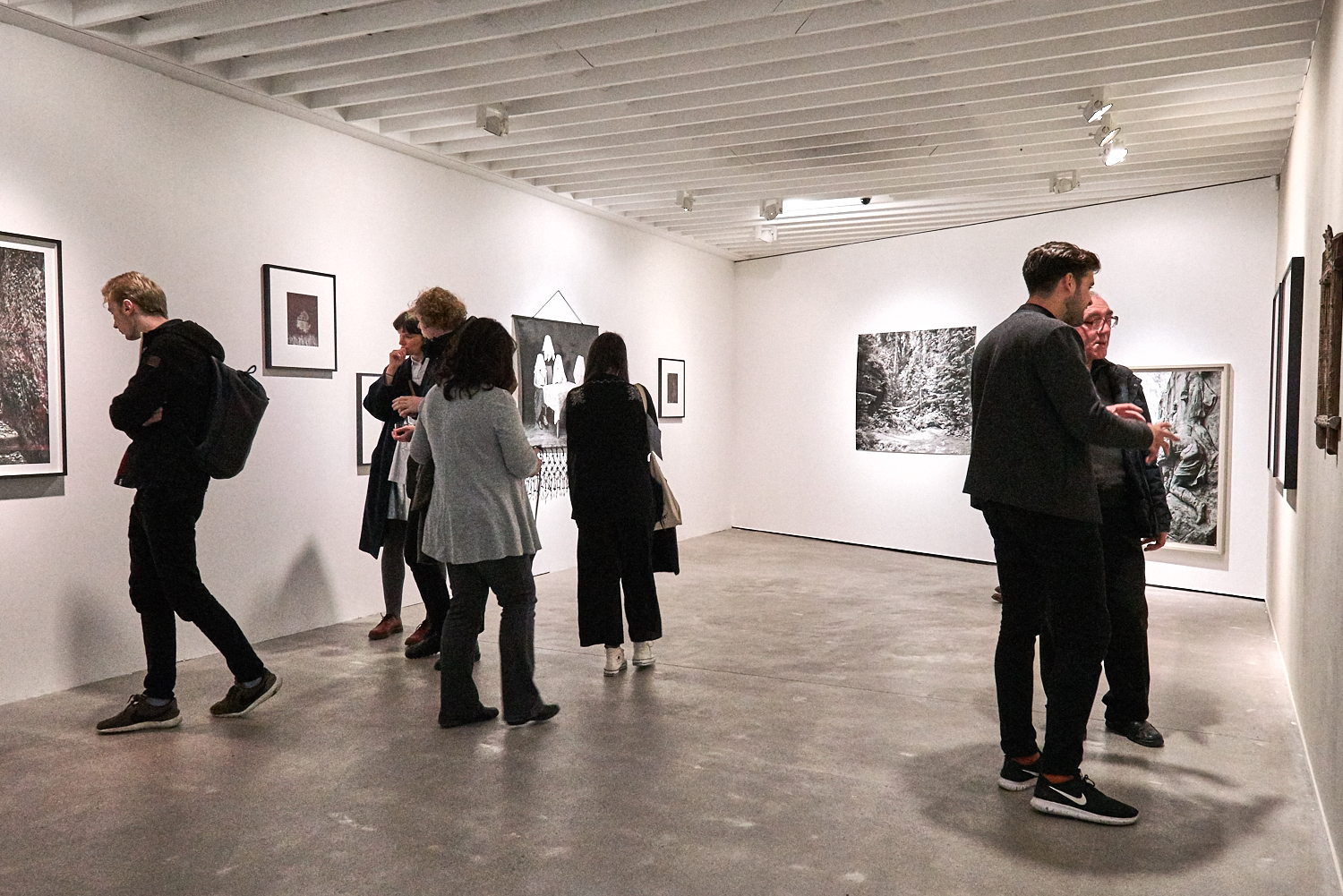
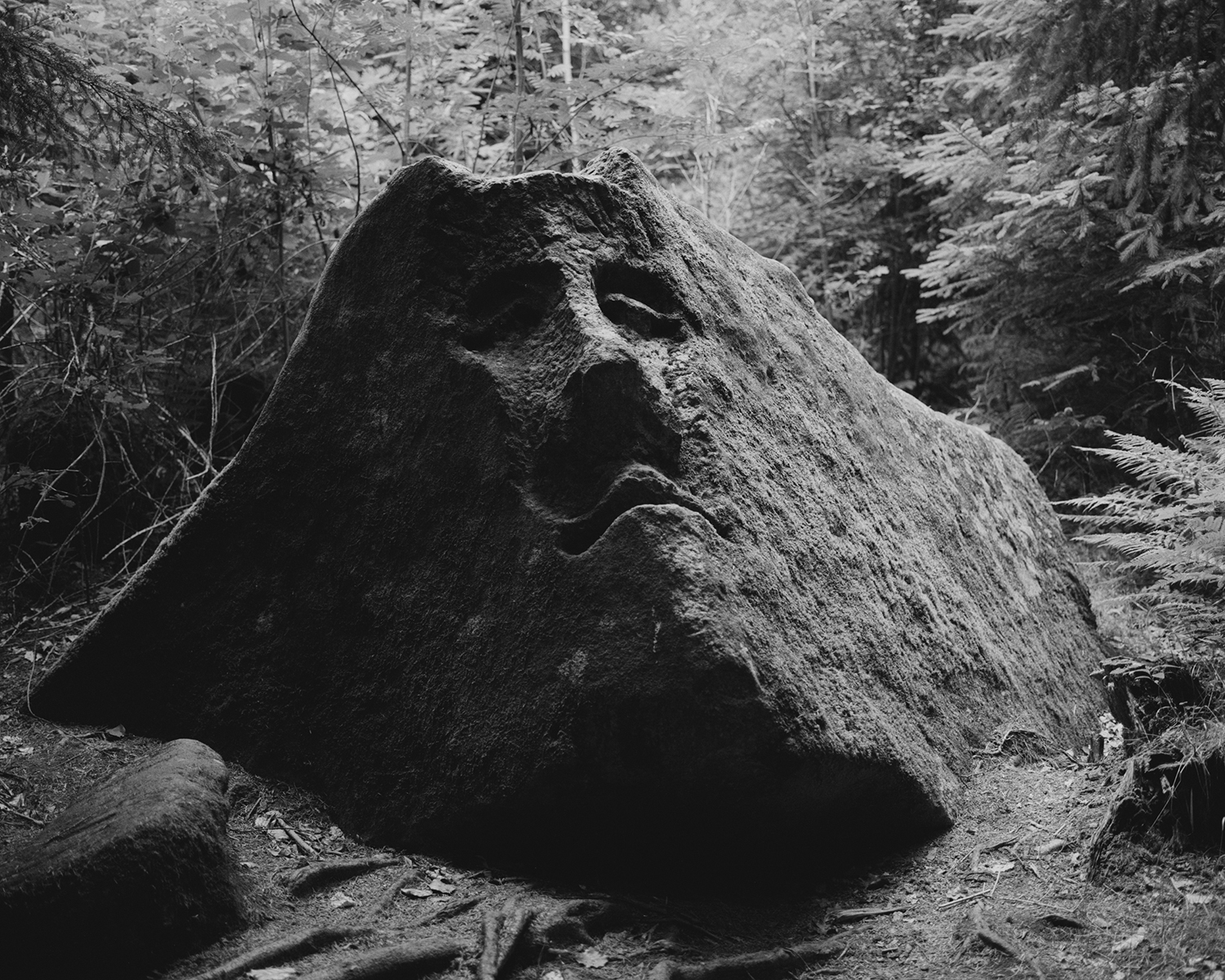
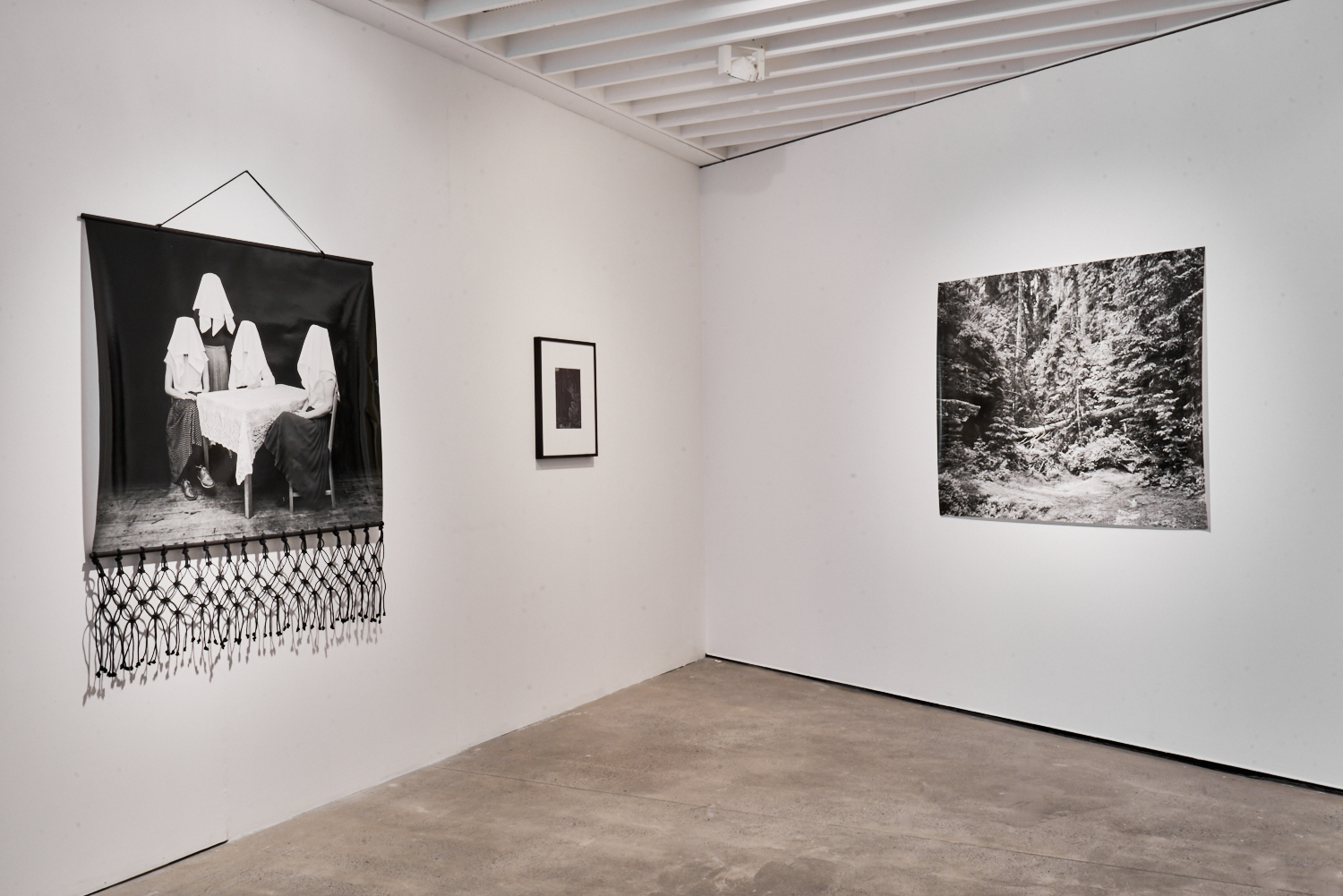
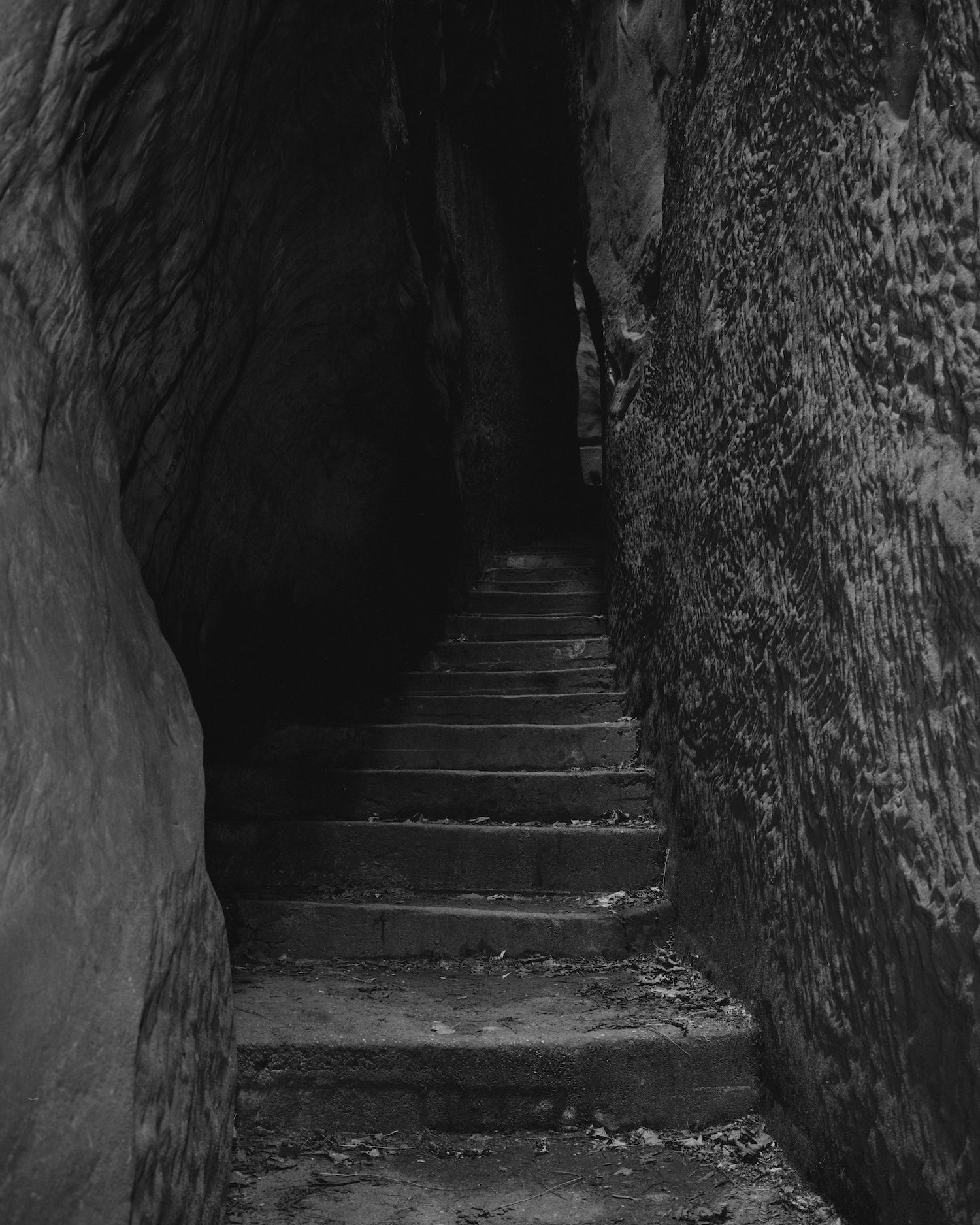
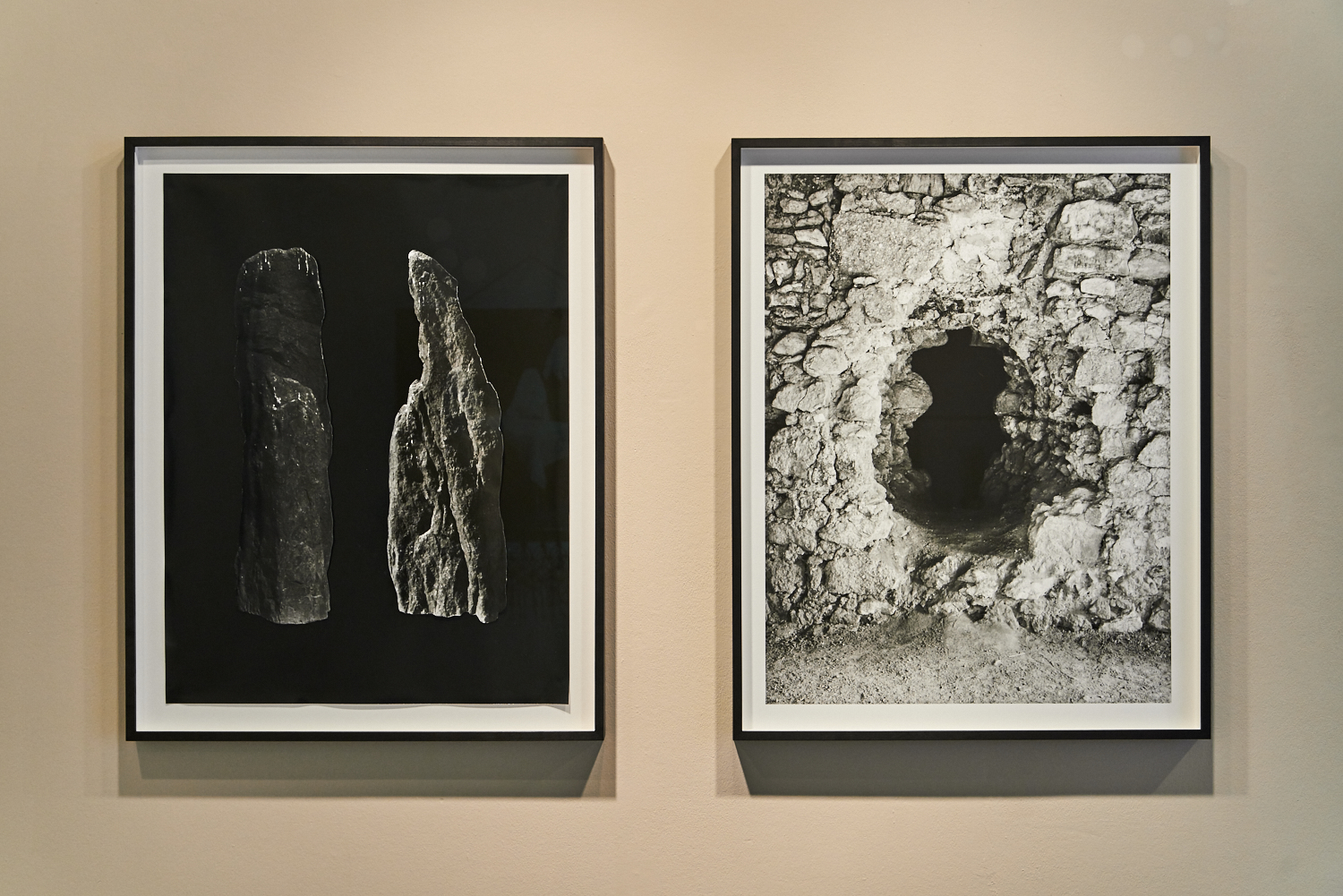
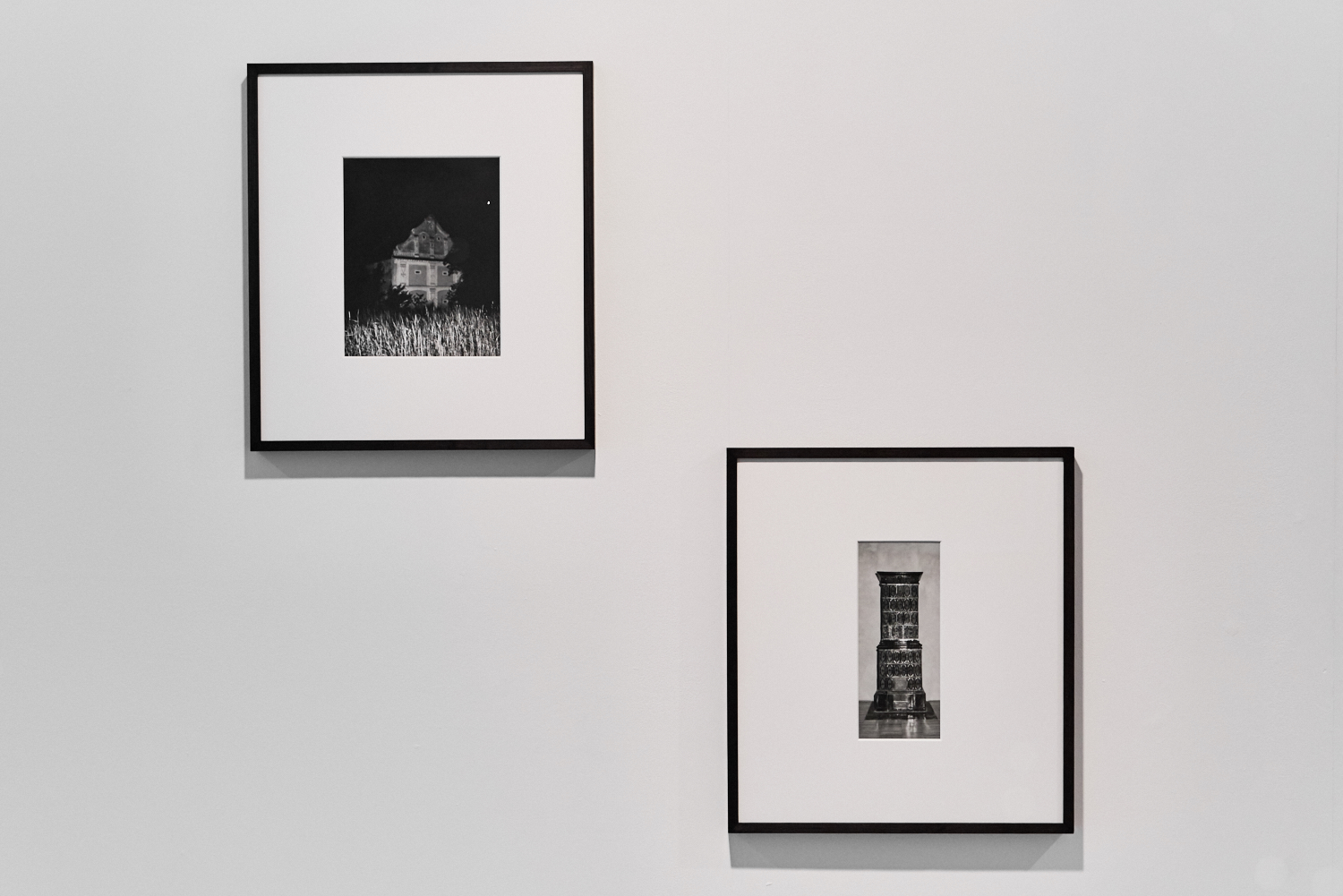
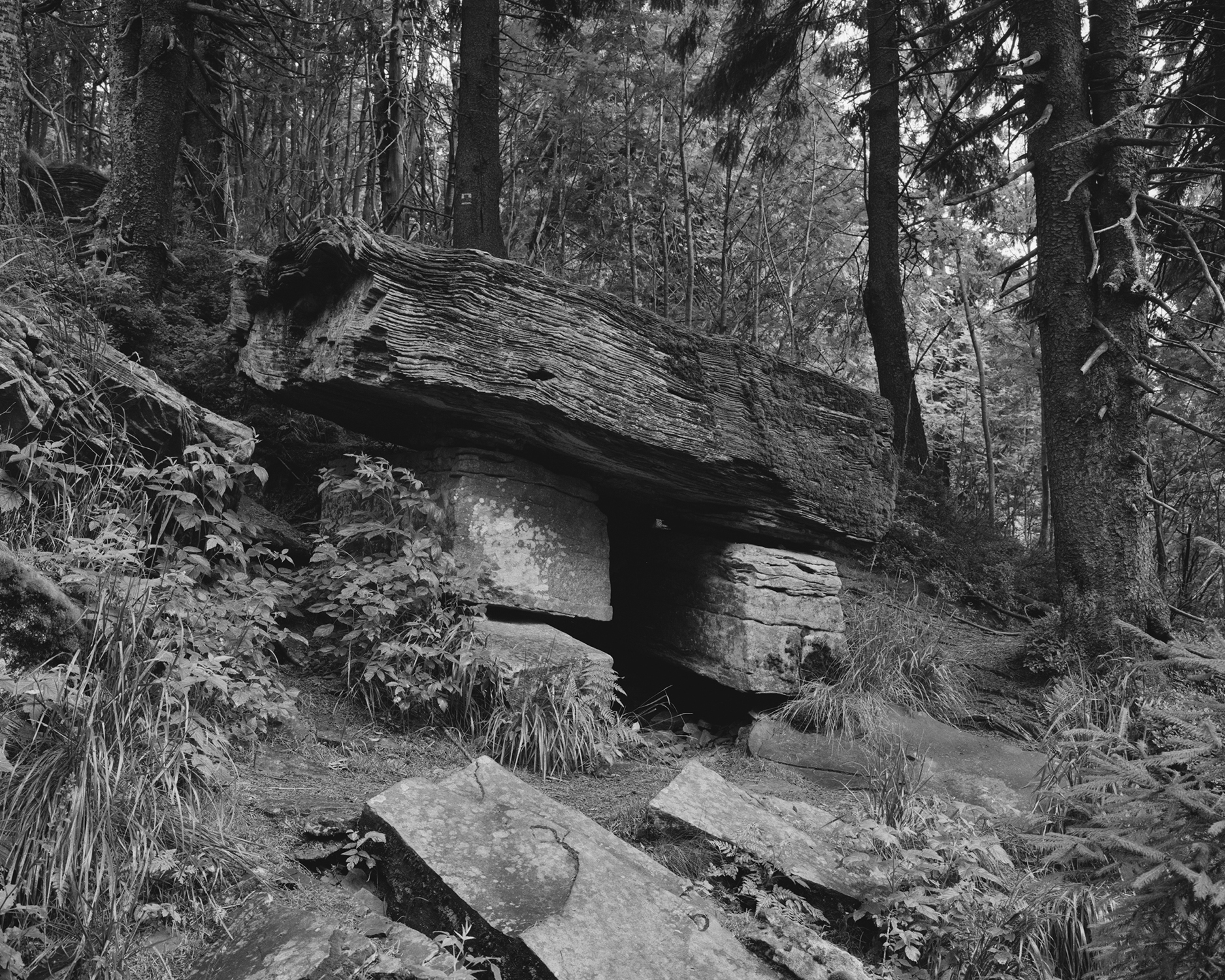
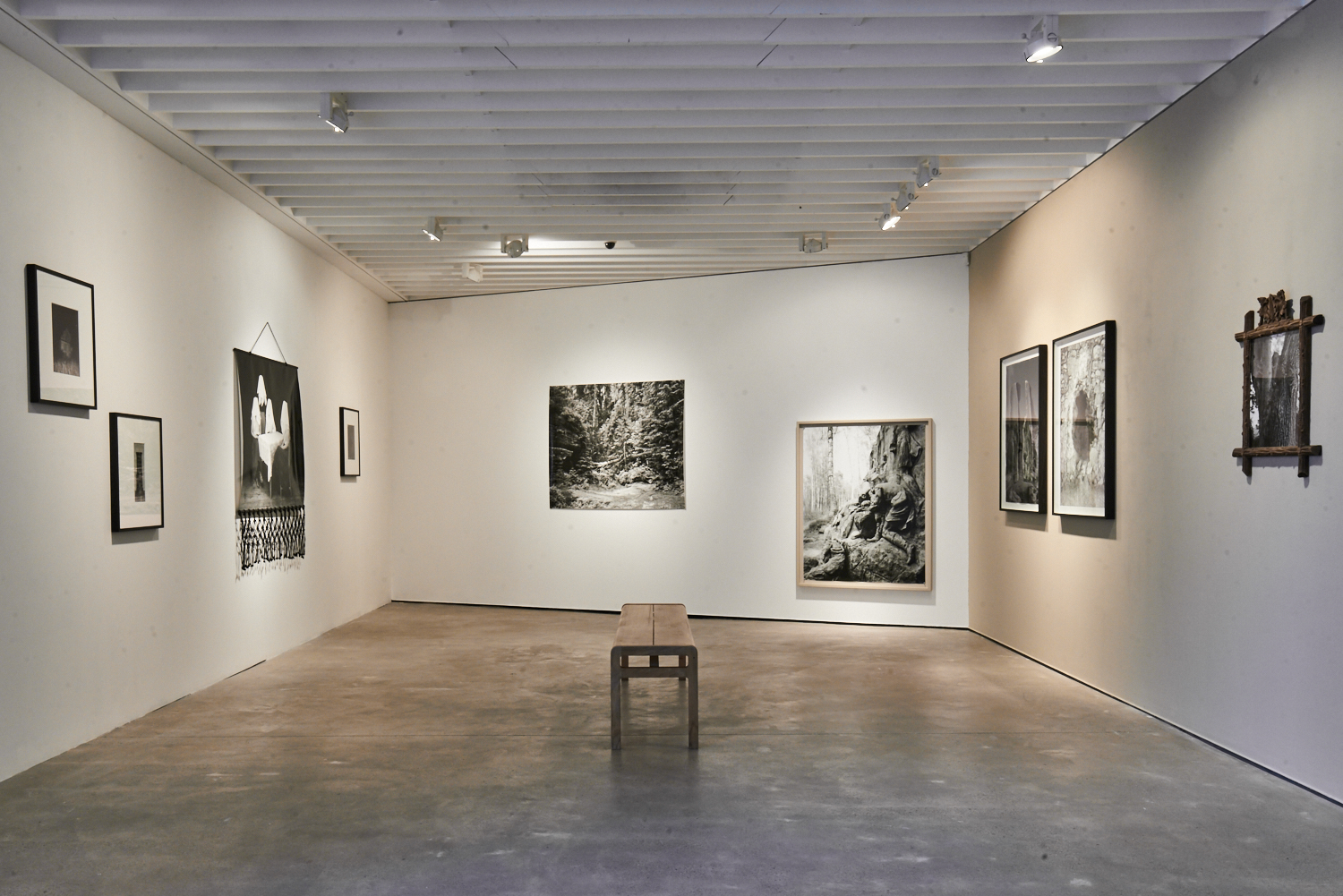
Artist Interview: Tereza Zelenkova
Open Eye Gallery’s first Writer-in-Residence, Pauline Rowe, interviews exhibiting artist Tereza Zelenkova about her photography practice. You can see Tereza’s work on display at Open Eye Gallery as part of the Jerwood/Photoworks Awards 2015 from 28 October – 18 December 2016.
Pauline Rowe: You have spoken previously of a dark romanticism in your work – can you say where this started in your imaginative life? Was it something that came before your interest in photography?
Tereza Zelenkova: The romanticism… well I am a hopeless Romantic but in the reference to the movement. I actually just glanced at wikipedia and realised I am 200 years late with my work in terms of innovation!
“characterized by its emphasis on emotion and individualism as well as glorification of all the past and nature. The [Romantic] movement emphasized intense emotion as an authentic source of aesthetic experience, placing new emphasis on such emotions as apprehension, horror and terror, and awe—especially that experienced in confronting the new aesthetic categories of the sublimity and beauty of nature. It considered folk art and ancient custom to be noble statuses, but also valued spontaneity.”
And the darkness is probably inherent to this. To answer your question, it is not something that I set to do or intentionally mimic in my practice, it’s just always been a natural part of me and my photographs merely reflect that. I don’t know where it comes from, but it extends from the art, music and literature I like, to how I navigate in personal life as well.
PR: Can you say something about the important symbols in your work? Carved stone, Christian imagery, trees, caves, streets, steps, locations related to folk-lore?
TZ: That’s quite broad question as there’s a lot to say about each of these. I think that a lot of these have something to do with rituals that people engage in and then how these relate to one’s surrounding landscape and nature.
PR: I’d like to ask you about Prague – it’s something you’ve described as “a city on the threshold of different worlds or realities” and also that ‘the city’s heartbeat has been heard loudest through the voices of its ethnic minorities.” Could you say a little more about that in relation to your work as an artist?
TZ: Yes, I’ve been thinking about Prague through the work of a German-Jewish writer, Gustav Meyrink who was influenced by many esoteric things. He was an occultist. Reading him is a bit like reading magic realism. He was interested in alchemy and he writes philosophically but also has a sense of humour. What I like about Prague is that it’s a city of mystery and astrology and astronomy with its narrow streets. It’s quite small with medieval parts. I think about Prague before the Jewish ghetto was demolished, before the second world war. It has historic roots as the centre of Europe. It also has a strong German influence. Have you been there?
PR: I haven’t. No. You’ve talked about the German influence and also that it’s a city of mystery and metamorphosis in a way….what you do convey in your work is story – layers of story…? Could you say something about narrative and photography and your thinking behind that?
TZ: Yes, this is something I’ve been thinking of when I make my work. The stories behind the images are important. There is a Germanic influence in Prague from Rudolph II on. There’s always a struggle between what the image is able to say and what you get from the image without text. How much can you say and how much is actually lost. Sometimes, framing a fragment… Sometimes when I work it’s more like a diarist. I want to include the stories behind the images. I have a writer working with me and this introduces a different voice. My work allows for imagination and different interpretations.
PR: You capture places which feel as though they are moving into the dark or towards darkness (e.g. Elizabeth Bathory’s Bedroom, Stairs) while leaving the viewer at the threshold uneasy and anxious. Are you aiming to create this unease – if so, how does this link with images of the land – of your own country?
TZ: I quite enjoy the photography’s relationship with polarity of light and darkness. When you’re printing from a negative, the dark areas of the picture are formed by the light hitting the sensitive paper, so it’s actually the bright light that creates the darkest tones. It’s kind of similar like looking directly into the sun and getting blinded by that. For me that reflects on a lot of other things in the world and opposites that somehow complement each other or are actually the same thing. I can think of many cultural references that it embodies for me, for example like Arthur Rimbaud writing that you need to lay down into mud to see the stars, or alchemistic “as above so below”, and ultimately Georges Bataille writes a lot about darkness as excess of light. So that’s one angle of why I am attracted to the dark abyss within an image. The more obvious one is the sense of ambiguity of what lurks inside these dark openings and what might be looking back at you. (apropos “When you stare into the abyss, the abyss stares back at you”, Nietzsche). The image that I’d like to present is of a place that has its secrets, a place that can’t be overseen with a single glance and might be even fictional and one has to employ a bit of imagination to complete its image. I am looking for a sort of inner landscape rather than for the outward manifestation of it. The work is a lot about people’s relationship to the landscape of their home and how they create stories around it and so I am just trying to continue in that tradition by creating my own perspective.
PR: You’ve also said that each image has a meaning…some of the work you’ve done around landscape – it’s also as if you’re uncovering clues.
TZ: It’s very common- sandstone – emblematic landscape of the Czech republic – and a lot of it. I didn’t realize how emblematic this thing was. I was not concentrating on the sandstone landscape although a lot of things I’d photographed had to do with sandstone. It is interesting to the people and it invites sculpture although it also erodes unlike marble. For the size of the territory it’s a small part of the Czech republic. It is interesting to see how people reacted with the landscape and their sensitivity to nature, working with it as opposed to destroying it – the symbiosis of people with the land. Together, the natural and human element – the opposite to globalization. It is not so long ago since that sensitivity was lost.
Sometimes I feel more like a diarist, to include the stories behind the images. I have a writer working with me (through the Jerwood-Photoworks award) so there is a sense of different voices and interpretations. I don’t want to work in a way that is too didactic or theory-based. Working with someone else allows for imagination and different interpretations. Sandstone is easy to carve into.
PR: You have written about Kopic, a man who carved symbols of Czechoslovakian nationality and history into the sandstone rocks behind his farm, the following:
“This man’s quest proves to me that art can be political but also therapeutic and a way of dealing with great injustice and that the most important examples of such art are often found not in contemporary galleries but in places where they’re least expected.”
What does this mean for work that is in galleries?
TZ: I don’t see my work as political although this is the most political work I have ever done. It seems a most reasonable way to resist globalization. The way people are moving and migrating. We are becoming scared of our own cultural heritage. How can we respond to this? It seems the most positive way is to examine your own roots and share them. The work is political because it’s about identity and legacy. How much influence does the place have where I grew up? It stays with you.
There are political artists always working with more spontaneous expression outside of the polished gallery world. It is most interesting to discover when someone did something for themselves. I was born in Czechoslovakia in 1985 and it was divided in 1993 but the split wasn’t a traumatic thing.
PR: You have said the working title is ‘the land with the secret heart beat’– can you say something more about this?
TZ: Again this is from Gustav Meyrink when he talks about Prague being “a city with a secret heartbeat” but the translation isn’t quite right and I couldn’t use the original language as it would be pretentious. What matters is the sense of what’s below the surface.
PR: You have written about wanting to photograph the death mask of Gustav Meyrink. Will you do so? Can you say why this is important to you?
TZ: I have actually photographed it few weeks ago. It was quite powerful experience to hold this in my hands and also to meet its current owners. Gustav Meyrink is a really important writer to me because he wrote stories that deal with esoteric and occult subjects, creating the upmost mysterious and poetic visions of cities and their inhabitants. His writings about Prague cause one too many people to look for places that exist only on the thresholds of reality.
PR: The sense of differing realities and ambiguity in your work is important. Are you interested in how the viewer responds to this and could this response influence how you develop your work?
TZ: Of course I am interested how the viewer will react but I am not creating this work in terms of trying to reach specific audience. I don’t really think about my audience when making work, that’s not my motivation.
PR: You have described the two influential themes that provoked the image The Unseen as the automatism of photography (linked with nineteenth century spiritualism) and the Czech fairy-tale Goldielocks. In that tale the 12 princesses cover their hair when the prince is looking for Goldielocks amongst them. In your image the family of women have their heads completely covered and the top of the covering is flat. It suggests accusation, perhaps waiting death. Can you say more about this, especially as there are few human figures in this exhibition?
TZ: I think you are placing a lot of your interpretation on this image. Albeit it’s interesting one, it wasn’t my intention to produce the reading of accusation. The flatness is caused by the crowns worn by each princess and I really just liked the effect it produced. For me the image is more about a slightly surreal family gathering in pre-war rural setting suggesting some involvement with spiritism and ghosts.
PR: Does your work have feminist aspirations and, if so, how?
TZ: I think you have to be a feminist if you are a woman in today’s society. In my work I’ve been really interested in woman as a type of medium that connects the irrational and rational worlds or let’s say combines emotions and reason in very powerful way. I find it curious that a lot of spiritistic mediums were women as we somehow seem to be closer to the otherworldly side of being, perhaps we are much more intuitive and attentive to the invisible world. This is something I am trying to portray with some of my photographs of women.
—
About Pauline Rowe, Writer-in-Residence
Pauline first got the chance to work with the Gallery through the LiNK programme at the University of Liverpool and continuing work is being supported by the universities’ Centre for New and International Writing. She has 2 poetry collections, also works as a poet delivering projects at Mersey Care NHS Foundation Trust, and is currently doing a PHD at Liverpool University. Pauline lives with her husband and 6 children.
